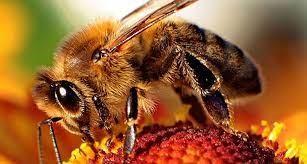Dynamic and adaptive information accumulation and exchange during foraging

To effectively forage in natural environments, organisms must learn and adapt to changes in the availability of resources. Patch exploitation is a canonical foraging behavior, and the way in which animals account for environmental change and uncertainty should be captured more accurately by mathematical models. We first address this issue in a model describing agents that statistically and sequentially infer patch resource quality using Bayesian updating, based on their resource encounter history. Uncertainty leads patch-exploiting foragers to overharvest (underharvest) patches with initially low (high) resource yields. Social interactions that synchronize the times that foragers depart patches improve group foraging efficiency. We also address the problem of groups responding to rapid patch-quality changes. Using the example of honeybee swarms, we find social interactions that allow bees can directly switch the opinion of nest-mates foraging at lower-yielding feeders can quickly increase the fraction of the swarm at the correct feeder. Our mathematical framework allows us to compare the effects of a suite of mechanisms by which bees social inhibit the expressed opinions of their neighbors.
Presented by Zachary P. Kilpatrick, PhD, Associate Professor at the University of Colorado Boulder in the Department of Applied Mathematics.
- Sponsored by:
- Mathematics
Contact Organizer
Kervick, Elizabeth
ekervick@middlebury.edu
443-5565

